Gas Light Came On — Should You Rush to a Gas Station or Keep Driving? An Engineer Explains
Many drivers believe it’s bad to drive for long once the low-fuel warning light comes on — that it can harm the car’s fuel system. But is that really true?
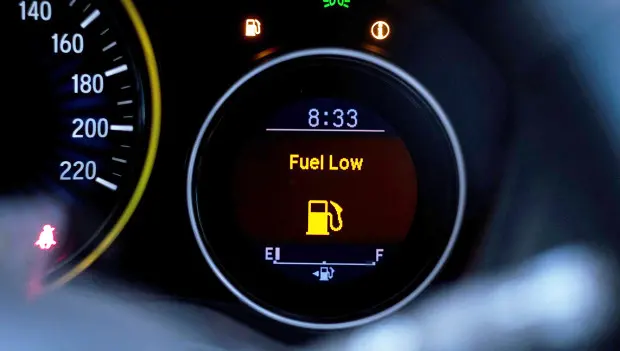
When the low-fuel warning light pops up on your dashboard, it doesn’t mean your tank is bone-dry. Depending on the vehicle, that light usually comes on with about 30–45 miles of range left — sometimes even up to 40–45 miles for more efficient engines. The actual distance varies based on your engine size and fuel consumption.
Plenty of drivers keep going with the light on, especially if they only cover 6–10 miles a day. In that case, the remaining fuel could last three to five days. Still, there’s a common belief that running your car with the gas light on for too long can damage the fuel system. Let’s see what’s really happening from an engineering point of view.
Inside the gas tank sits the fuel pump, which is submerged in fuel and uses gasoline for cooling. When the warning light comes on, it simply means there’s less fuel — and therefore less cooling for the pump. If the level gets too low, the pump can overheat or seize.
Manufacturers know this, so they design the tank with a small recess or sump at the bottom where the pump sits. Even when the gauge reads near empty, that pocket usually still contains enough fuel to keep the pump submerged.
That’s why the warning light typically illuminates when there are still about 1.3–1.8 gallons of fuel left in the tank. In that condition, the pump remains safely covered and properly cooled.
Even if you drive another 20 miles after the light comes on, leaving roughly half a gallon or so in the tank, the pump is still in contact with fuel.
The real problem starts when you push it all the way to “empty” — when the engine stalls. While doing this once or twice won’t instantly destroy the pump, running it dry repeatedly can cause damage. When fuel runs too low, the pump starts sucking in air instead of gasoline. That interrupts fuel pressure, forces the pump to work harder, and can cause overheating or premature failure.
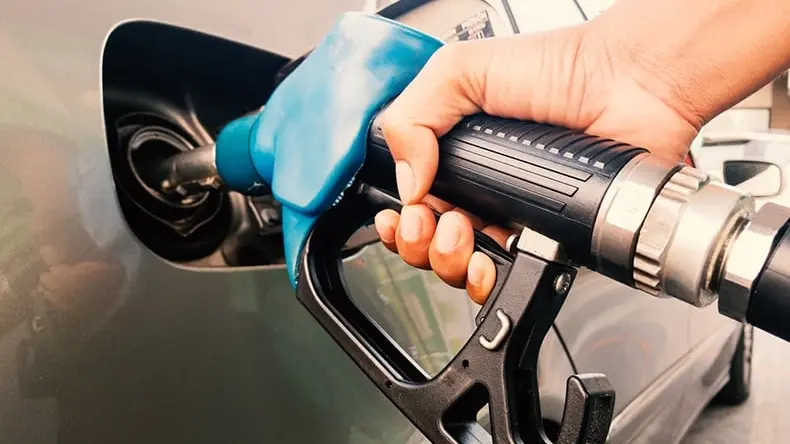
So while you don’t have to panic the moment the low-fuel light appears, it’s best not to stretch it too far. Try to refuel once you’re down to about half a gallon to three-quarters of a gallon left — roughly 2–3 liters. Keeping a bit of gas in the tank not only protects the fuel pump but also ensures your car’s entire fuel system stays healthy in the long run.
You may also be interested in the news:
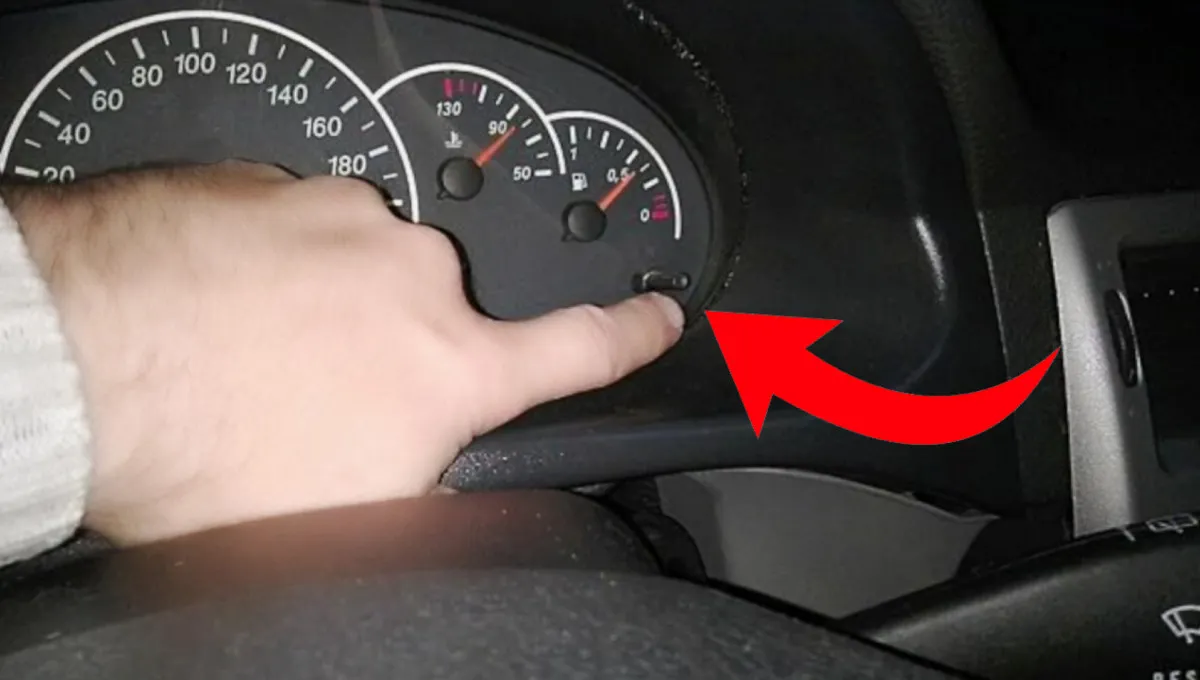
Most American Drivers Have No Idea This Hidden 'TRIP' Button Feature Exists
Why every driver should know about this “hidden” button in their car.
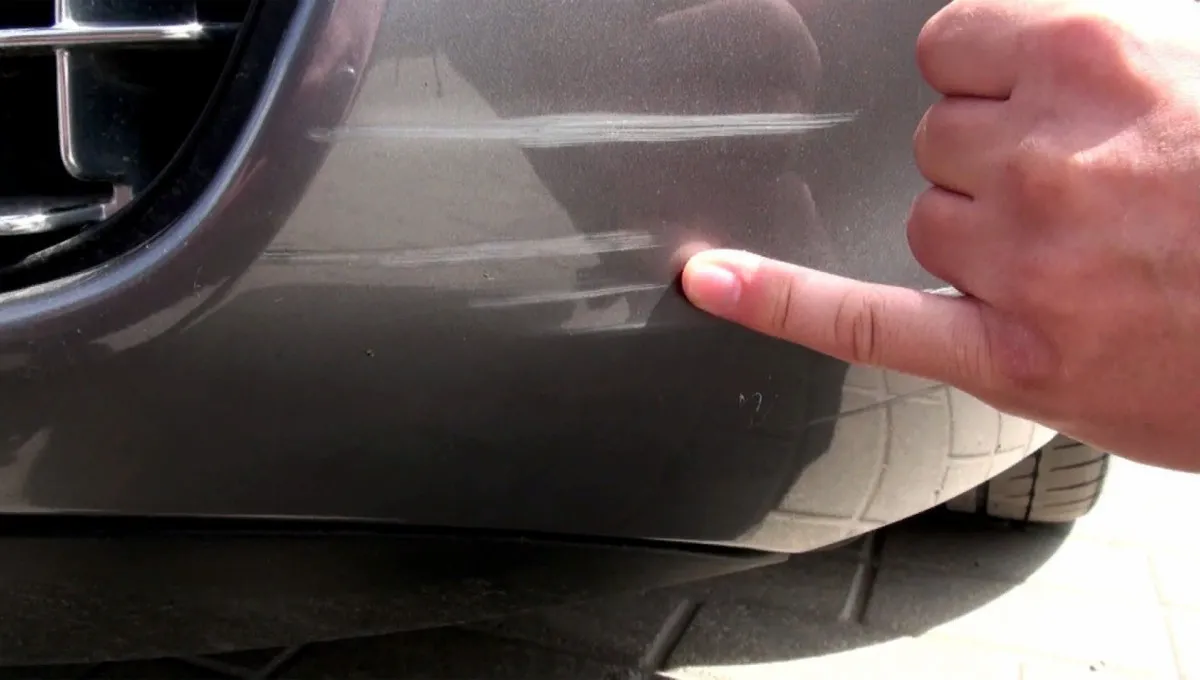
How to Remove Car Scratches Yourself in the Garage: Fixing Bumpers, Headlights, and Fenders
Scuffed your car? No big deal. Here’s how to remove scratches from your bumper and headlights at home.
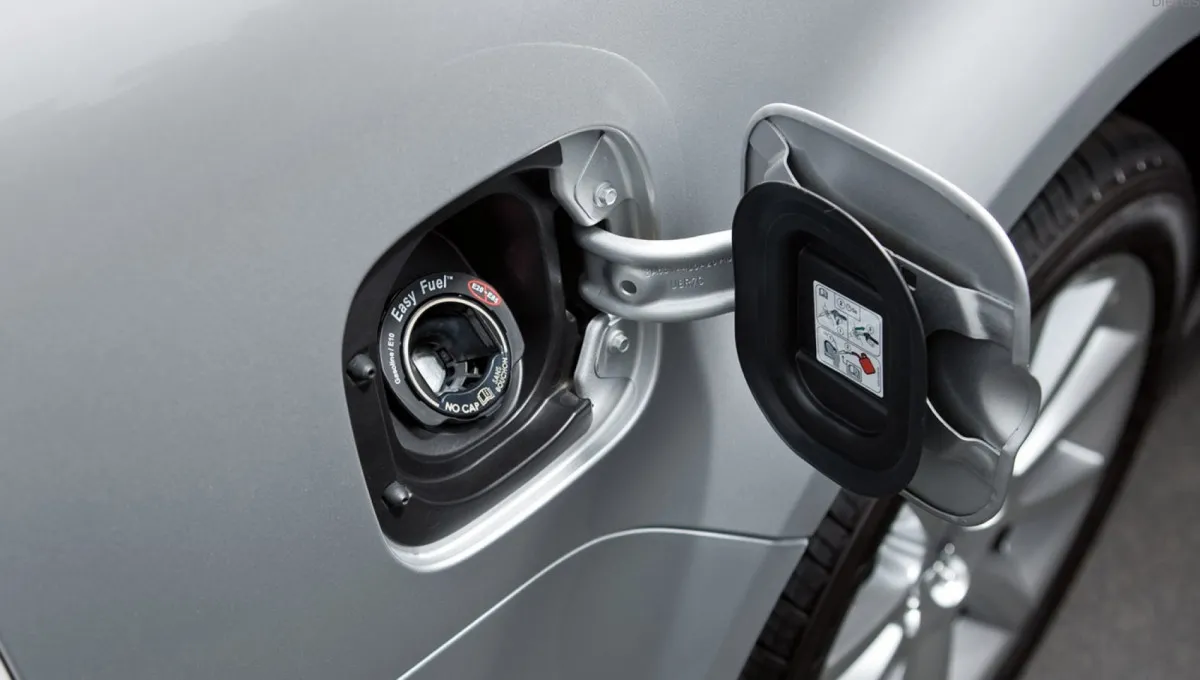
How to Clean a Gas Tank from the Inside—Without Removing It: Dirt, Water, and Rust
Over time, many vehicles accumulate water and debris inside the gas tank, while the inner walls can develop rust.

Car Horoscope: How Each Zodiac Sign Handles Driving
Today, we explore how prone each zodiac sign is to car accidents.

First Car for New Drivers: How to Choose Your First Vehicle and Get It Right
Picking a car is harder than choosing an outfit for a party or a long-awaited date — looks matter, but so do the technical details.